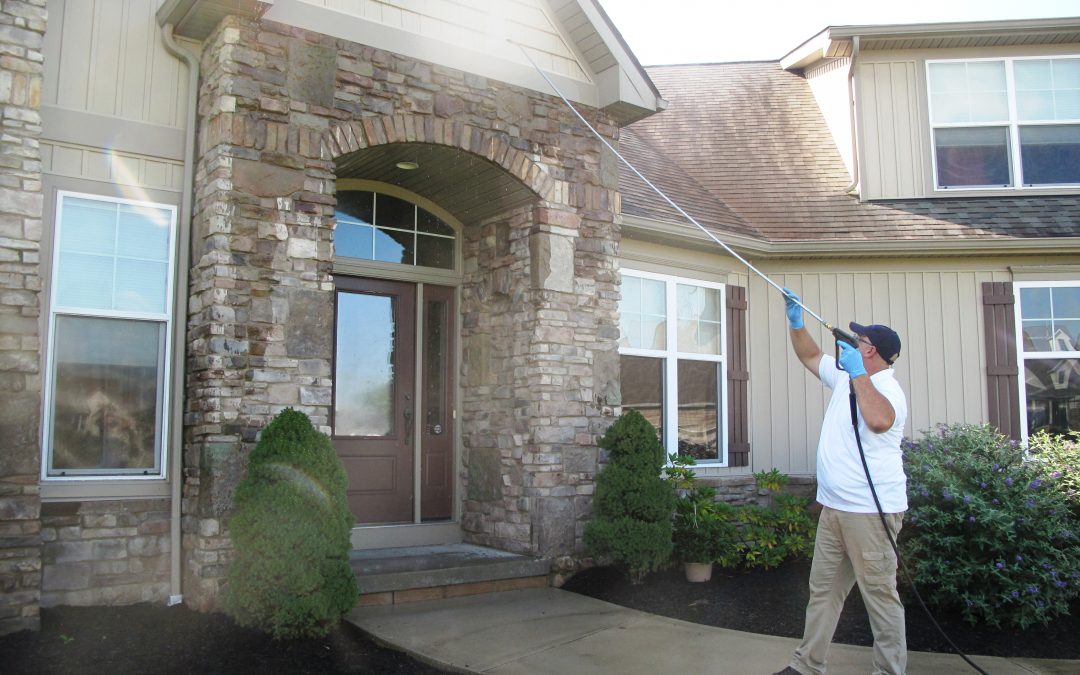HEAT STRESS 101
Hydration plays an important role in worker safety and productivity. Companies, safety directors, and employees all want to work safely, perform productively and return to work the next day. And everyone wants to avoid accidents and injury at all costs.
WHAT IS HEAT STRESS?
When the body is unable to cool itself by sweating, several heat-induced illnesses such as heat cramps, heat exhaustion, and the more severe heat stroke can occur.
WHAT KIND OF HEAT DISORDERS CAN OCCUR?
Heat stroke is the most serious disorder associated with heat stress. It occurs when the body’s temperature regulation fails and body temperature rises to critical levels. It is a medical emergency that can lead to death.
Heat exhaustion is a result of the combination of excessive heat and dehydration. Untreated, heat exhaustion can lead to heat stroke.
Heat cramps are usually the result of hard physical labor in a hot environment, often resulting from an imbalance of electrolytes in the body.
Heat rashes are a common problem resulting from persistent wetting of clothing by unevaporated sweat.
How am I exposed?
Any process or job site that is likely to raise the worker’s deep core temperature raises the risk of heat stress. Operations involving high air temperatures, radiant heat sources, high humidity, direct physical contact with hot objects, or strenuous physical activities have a high potential for inducing heat stress in employees. In addition, age, weight, the degree of physical fitness and acclimatization, dehydration, metabolism, use of alcohol or medications, and a variety of medical conditions all affect a person’s sensitivity to heat.
HOW TO PREVENT HEAT-RELATED CONDITIONS
Heat-related conditions can be prevented or its effects minimized:
- Acclimatization (Short work exposure early in the hot season, followed by gradual increases in intensity and duration.)
- Frequent work breaks an area that is cooler than the work environment.
- Drink plenty of water or non-caffeinated beverages.
- Wear light-colored, loose-fitting clothing.
- Avoid all alcohol and caffeine.
HEAT INDEX
Apparent dangers posed by heat stress:
| 90o—100o F | Possible sunstroke, heat cramps and heat exhaustion with prolonged exposure and physical activity. |
| 101o—129o F | Probable sunstroke, heat cramps and heat exhaustion and possible heat stroke with prolonged exposure and physical activity. |
| 130o F + | Imminent heat stroke or sunstroke. |
*This information was adapted from OHSA and the U.S. Department of labor.
Your Sparkle Wash team wishes you, your family and your employees a safe and fun summer.


Recent Comments